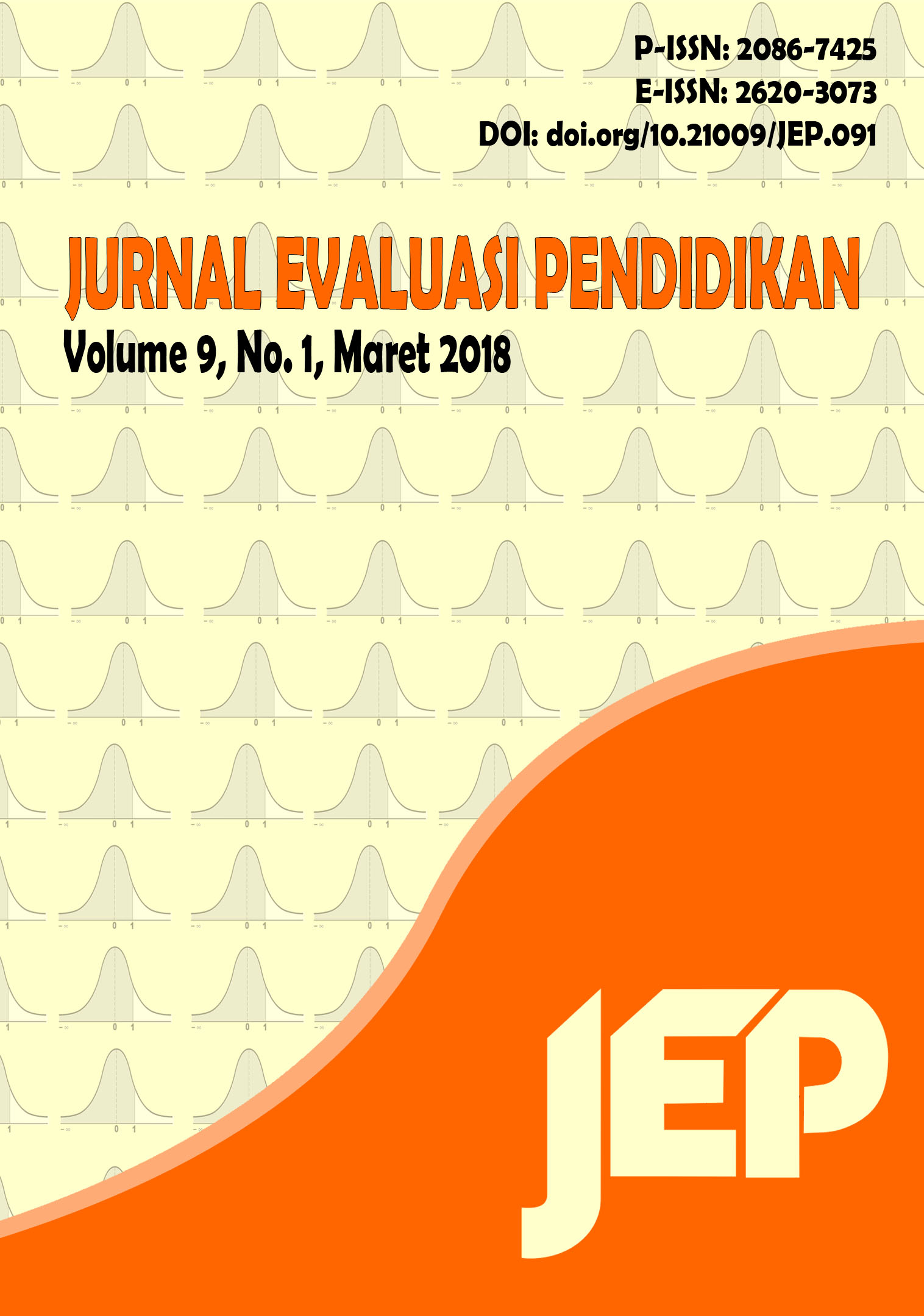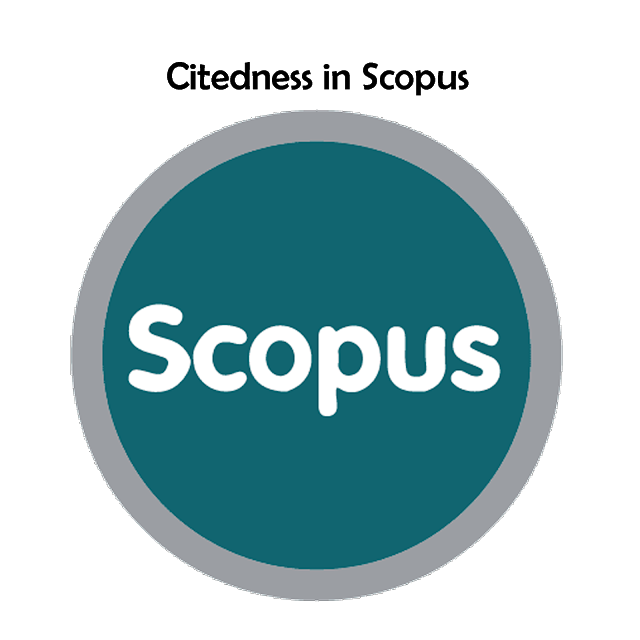PENGEMBANGAN INSTRUMEN KEMAMPUAN INKUIRI ILMIAH SISWA SMP
Abstract
The ability of scientific inquiry junior high school students is the ability or skill of a junior high school students in mastering a skill and is used to perform a variety of tasks from the work done by establishing the curiosity of students. Step-by-step preparation and instrument development is done according to the steps in the preparation and development of instruments Djaali and Pudji Muljono. How to validate to the validity of the content using the lattice by way of consultation professional (expert and panelist), the results of validation (experts and panelists) quantitatively by calculating the value of the CVR (content validity ratio), to validate the construct validity score of grains by factor analysis (Lisrell) and estimating the reliability of the instrument. Results of the validation expert (panelists) quantitatively by calculating the value of the CVR turns of 57 questions, the index CVR for the content validation entirely appropriate and very appropriate, validation results with 49 experts and panelists. Of the 57 items when analyzed with CFA, there are 54 items that valid means there is no difference between unidimensional theoretical models with empirical models. In the first dimension which consists of 9 matter, entirely valid. In the second dimension composed of about 8, 6, and 2 valid about the other matter dropped. In the third dimension which consists of 10 questions, 9 valid question and one other matter dropped. In the fourth dimension which consists of 10 questions, entirely valid. At 5 dimensions consisting of 10 questions, entirely valid. In the sixth dimension which consists of 10 questions, entirely valid. Reliability coefficient calculation results of phase one r = 0,9958 while the results of the reliability coefficient calculation stage two r = 0,9961 with the reliability coefficient > 0,70, then the test has a high level of reliability. Of the 54 items analyzed by the CFA after the second trial, there are 28 items that valid means there is no difference between unidimensional theoretical models with empirical models. In the first dimension consists of 9 questions, 4 questions are valid, and 5 matter dropped. In the second dimension consists of 6 questions entirely dropped. In the third dimension which consists of 9 questions, 2 questions are valid and 7 other matter dropped. In the fourth dimension which consists of 10 questions, 8 questions are valid, and 2 other matter dropped. In the fifth dimension which consists of 10 questions, 9 valid question, and one question was dropped. In the sixth dimension consisting of 10 questions, 5 questions are valid, and 5 matter dropped. Reliability coefficient calculation results of the second trial r = 0,9825 with a reliability coefficient > 0,70, then the test has a high level of reliability.





